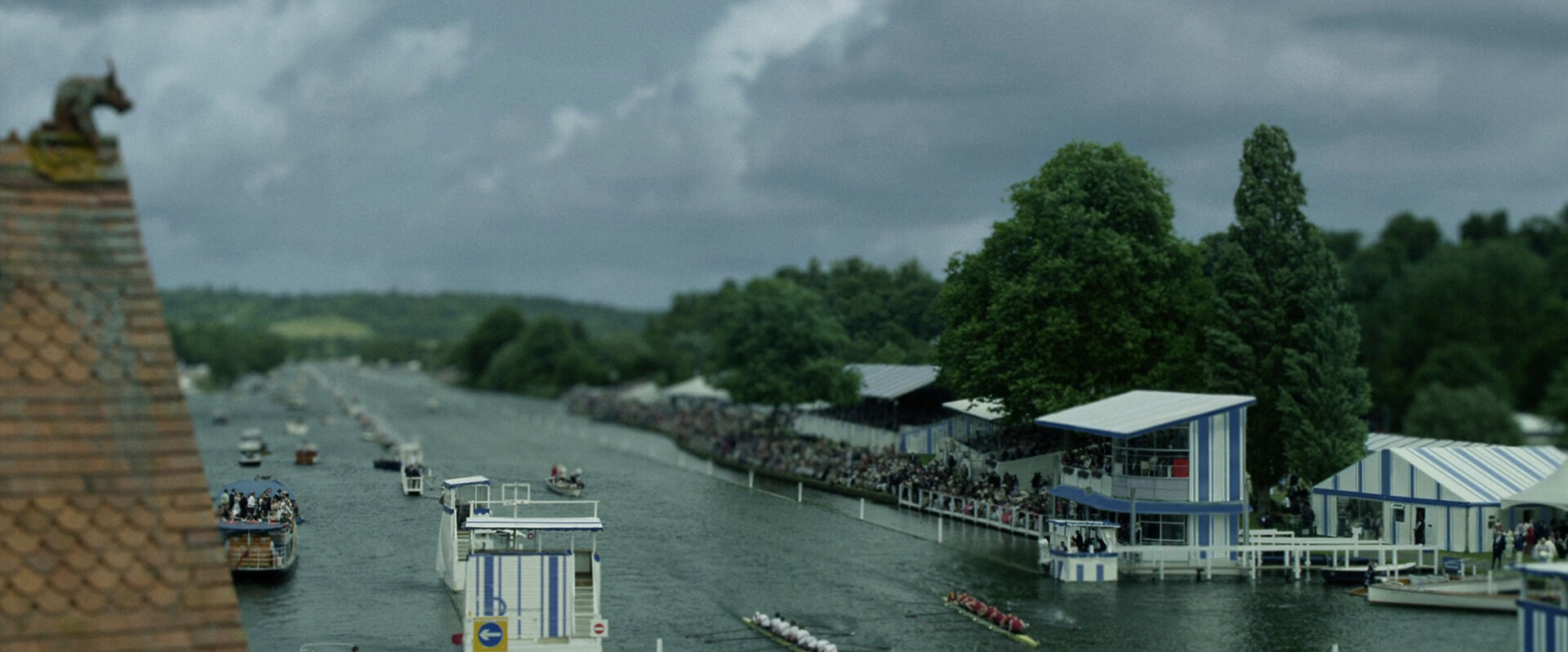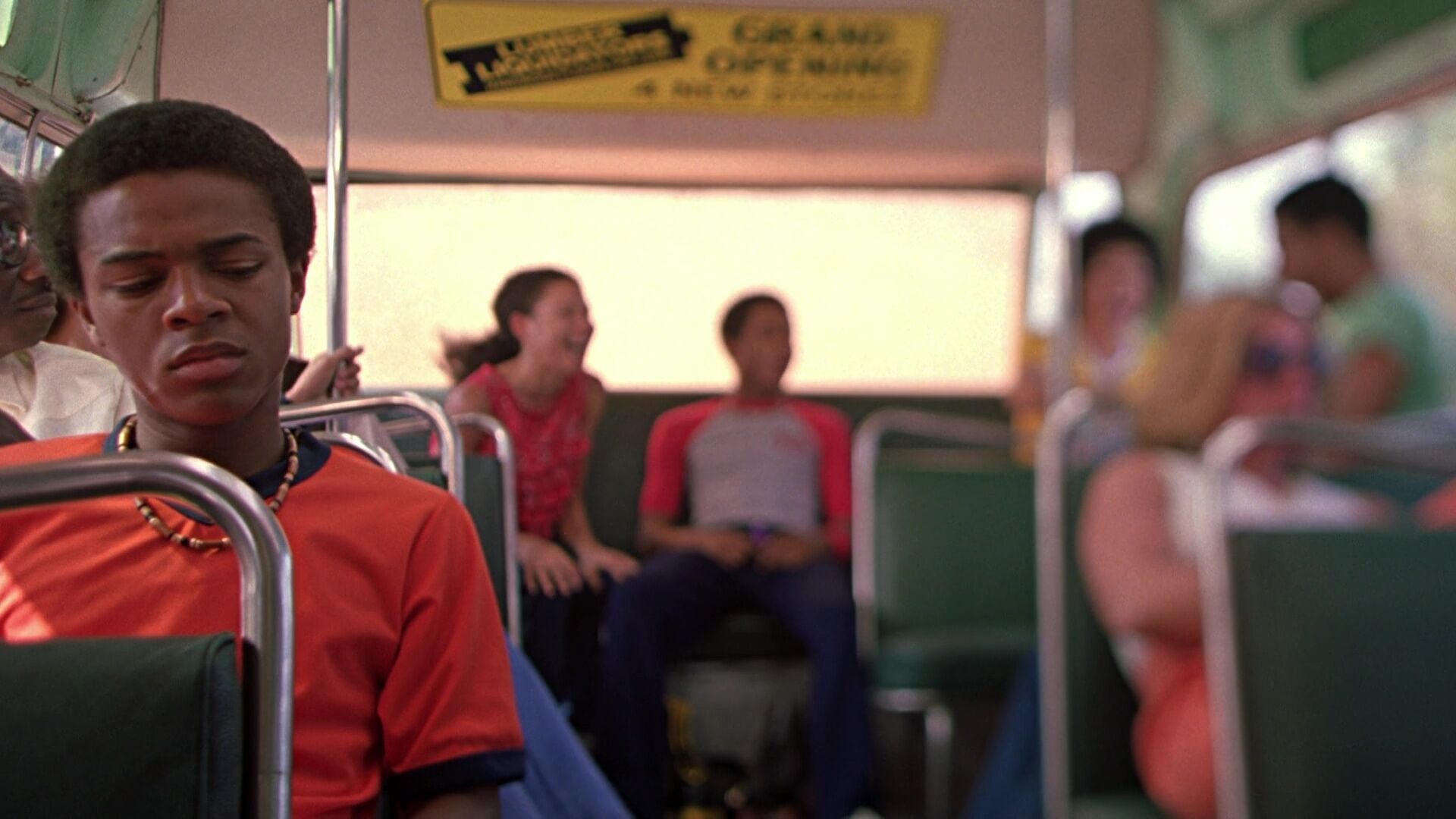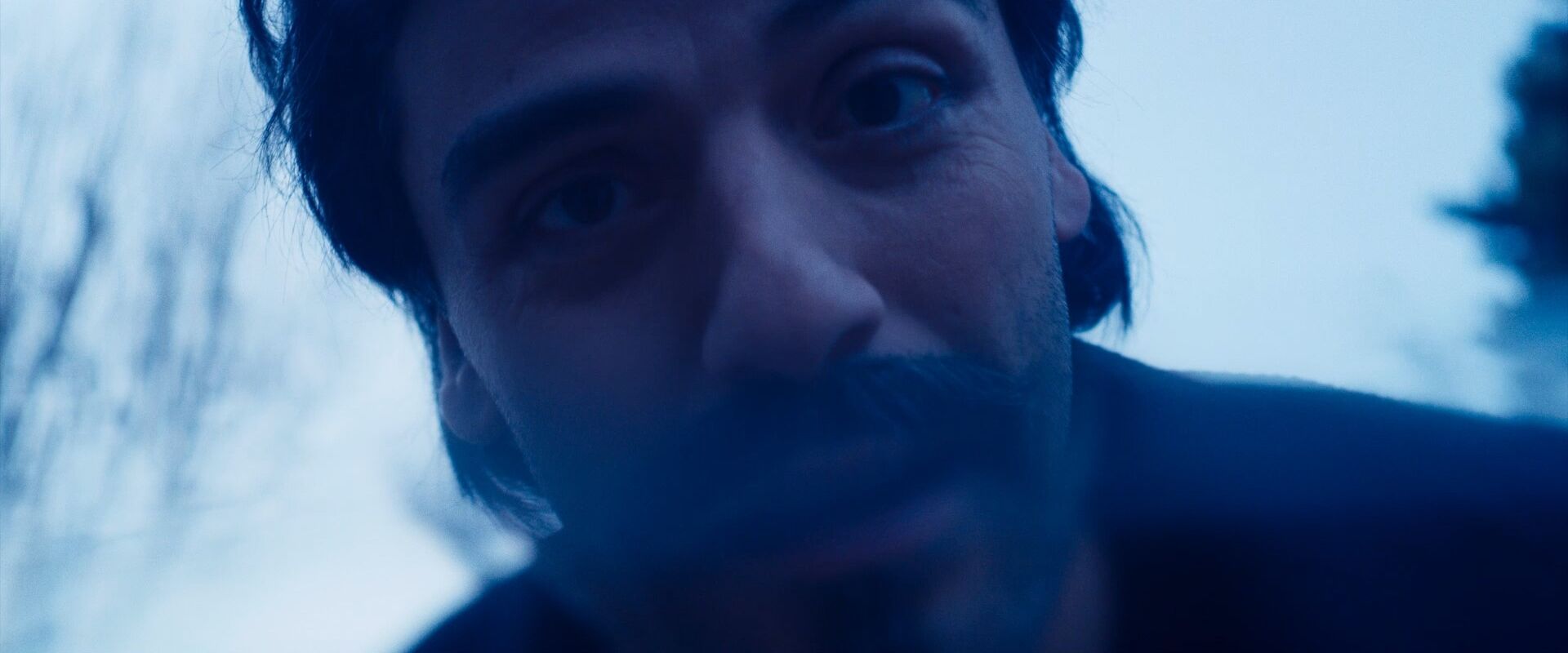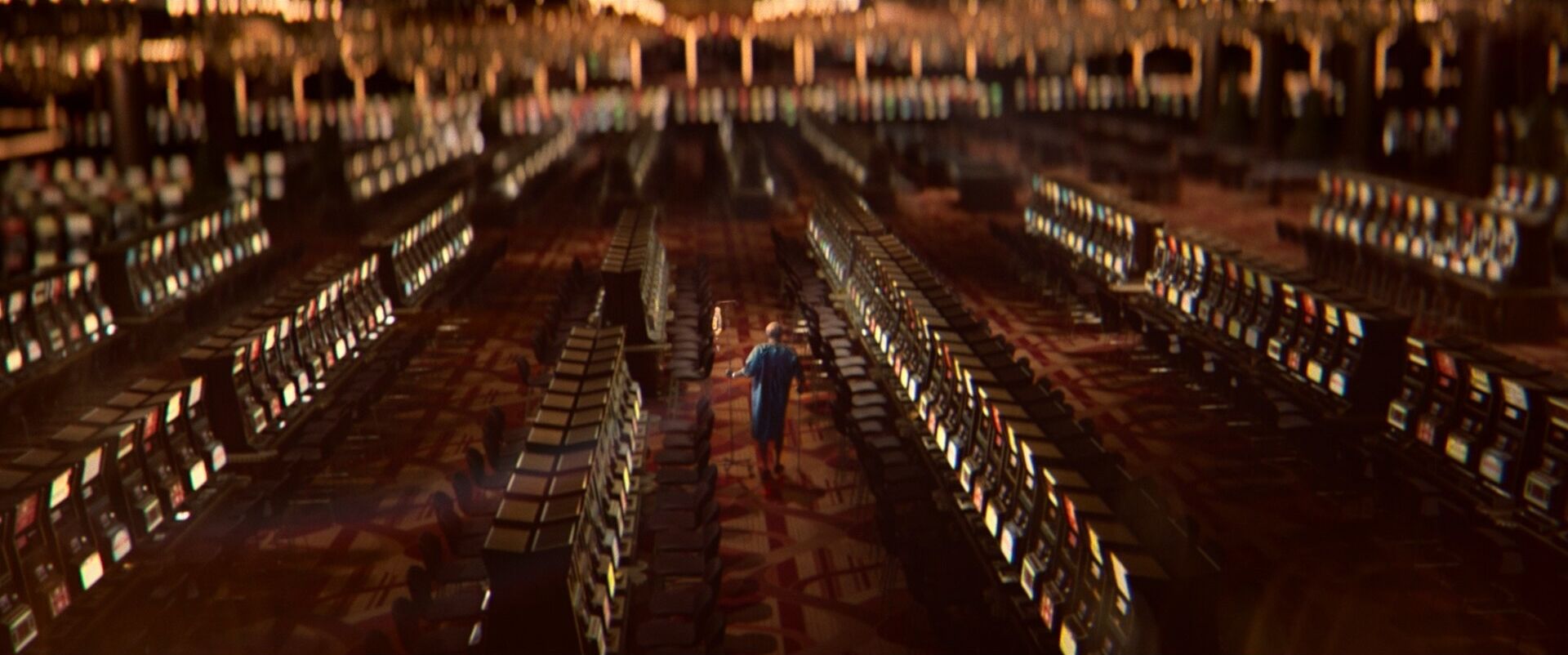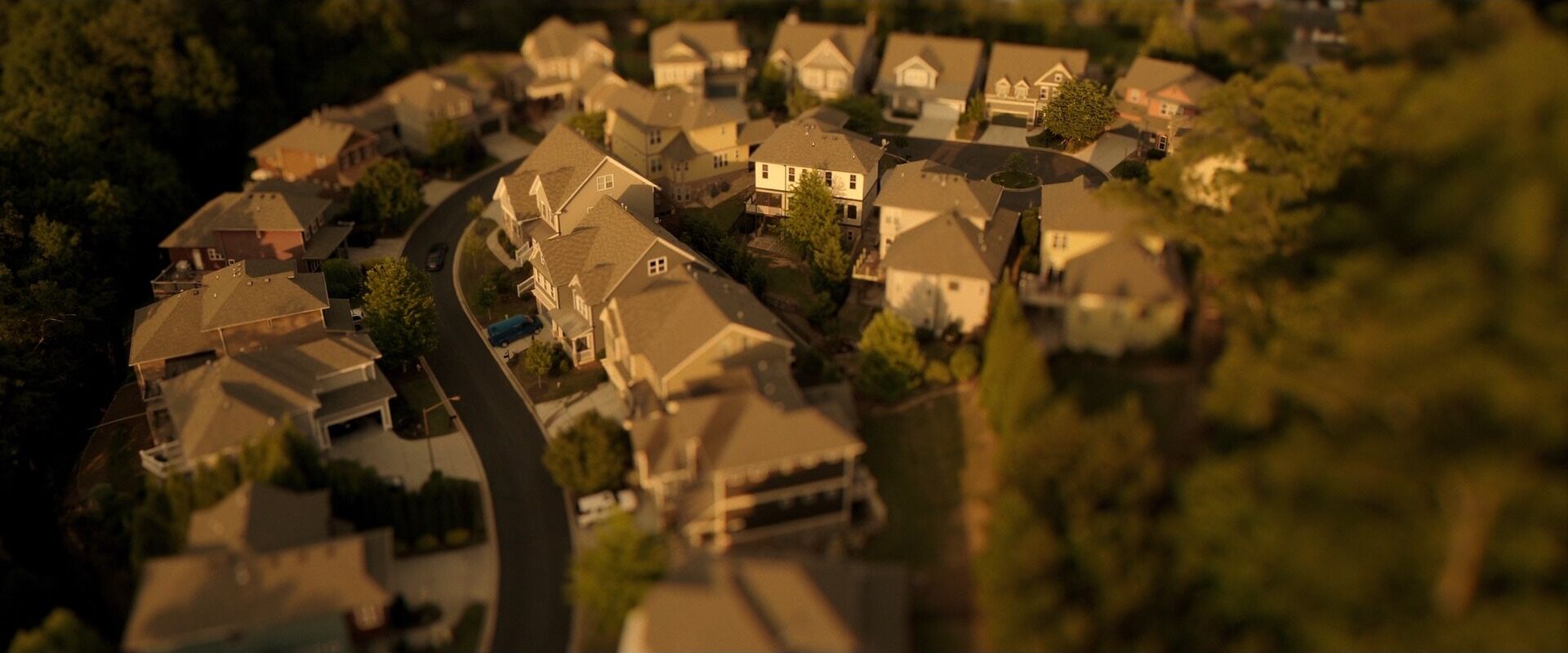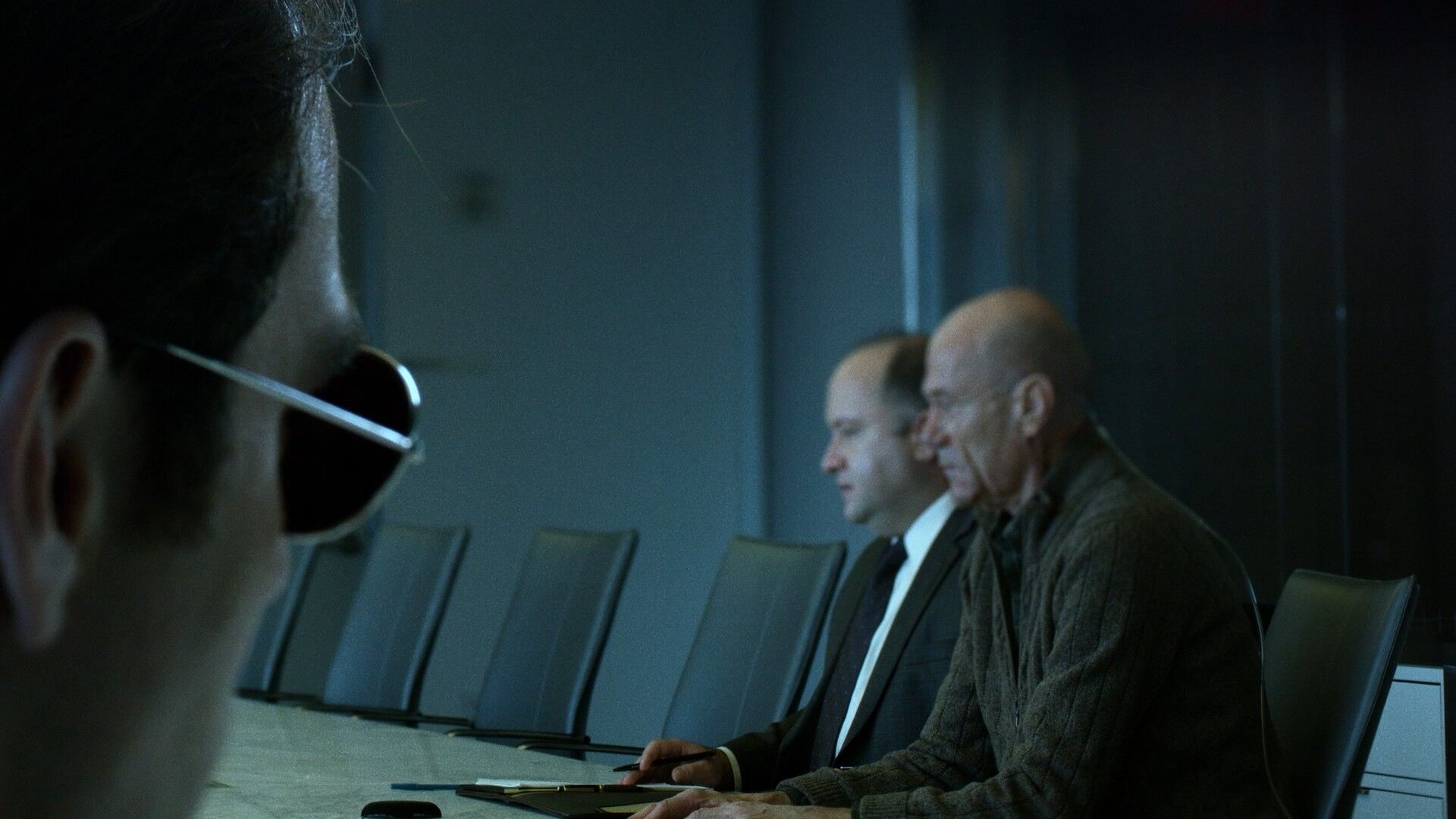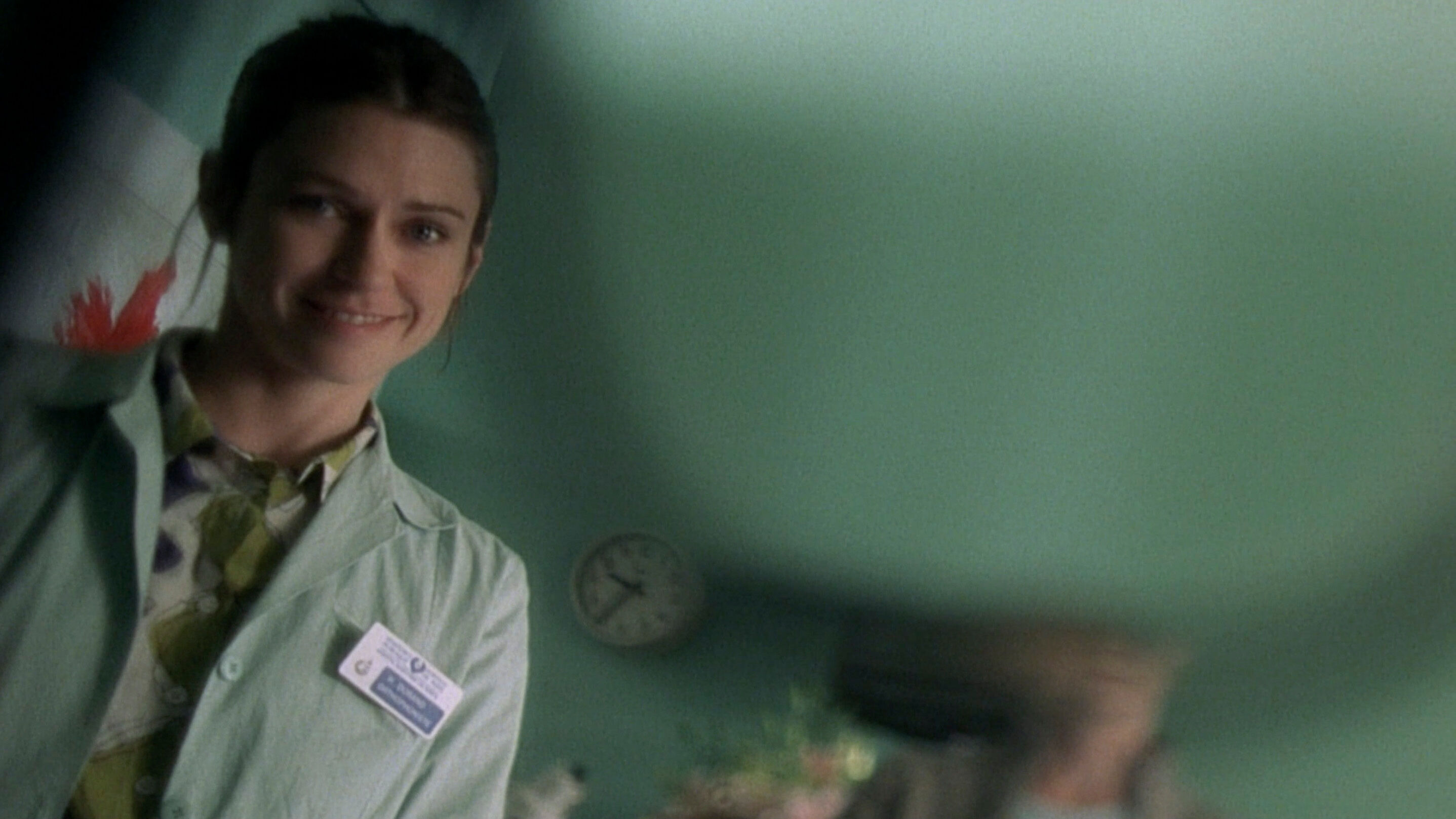home → Camera FOCUS → Tilt Shift Shot
Tilt-shift definition
What is a tilt-shift shot?
You’ve likely seen tilt-shift shots before, but perhaps had no idea. Tilt shift images are becoming more common in film, TV, and even in commercials. But what is a tilt-shift shot? Tilt shifting is captured using a special lens that allows the filmmaker to tilt and shift the lens. The result is often a miniature effect, which makes everything in the scene suddenly look like a small model or toys. It can also be used to correct distortion in images, such as making leaning buildings appear straighter.
For an in-depth exploration of this technique, check out our full guide to tilt shift, complete with examples and breakdowns.
Tilt-shift images
Tilt-shift examples
It’s helpful to see tilt-shift style in action before exploring how this shot operates within visual storytelling. Browse this curated selection of tilt-shift shot to get a sense of their uses across films in all genres.
Create a miniature effect
Control focus
Fix skewed objects
Add cool visuals
Uses
What does a tilt-shift shot do?
A tilt-shift shot uses a change in focus to create a visually interesting shot, and filmmakers use it for a variety of story reasons.
Fix distortion
Tilt-shift shots can help straighten out distorted lines or angles, especially in leaning or slanted buildings making the effect nearly invisible.
Make things seem tiny
Tilt shift images can make real scenes seem like miniature models with tiny buildings and people looking more like ants from above.
Highlight certain areas
Tilt-shift shots are a creative way to highlight certain areas by keeping them clear while blurring the rest for a more specific and layered focal range.
Add variety to visual language
The distinctive look of tilt-shift shots adds variety to the shots in a film, especially in moments where the story is whimsical or playful.
What is a tilt shift
Tilt-shift shot vs tilt shot
Though they share a word, a tilt-shift shot and a tilt shot are very different! A tilt shot is when the camera tilts up or down while staying fixed in one position. This shot is often used to reveal the height of something, like a building, or show power dynamics between characters. A tilt-shift shot is captured using a special lens that allows the filmmaker to tilt and shift the lens, changing the perspective to create a miniature effect.
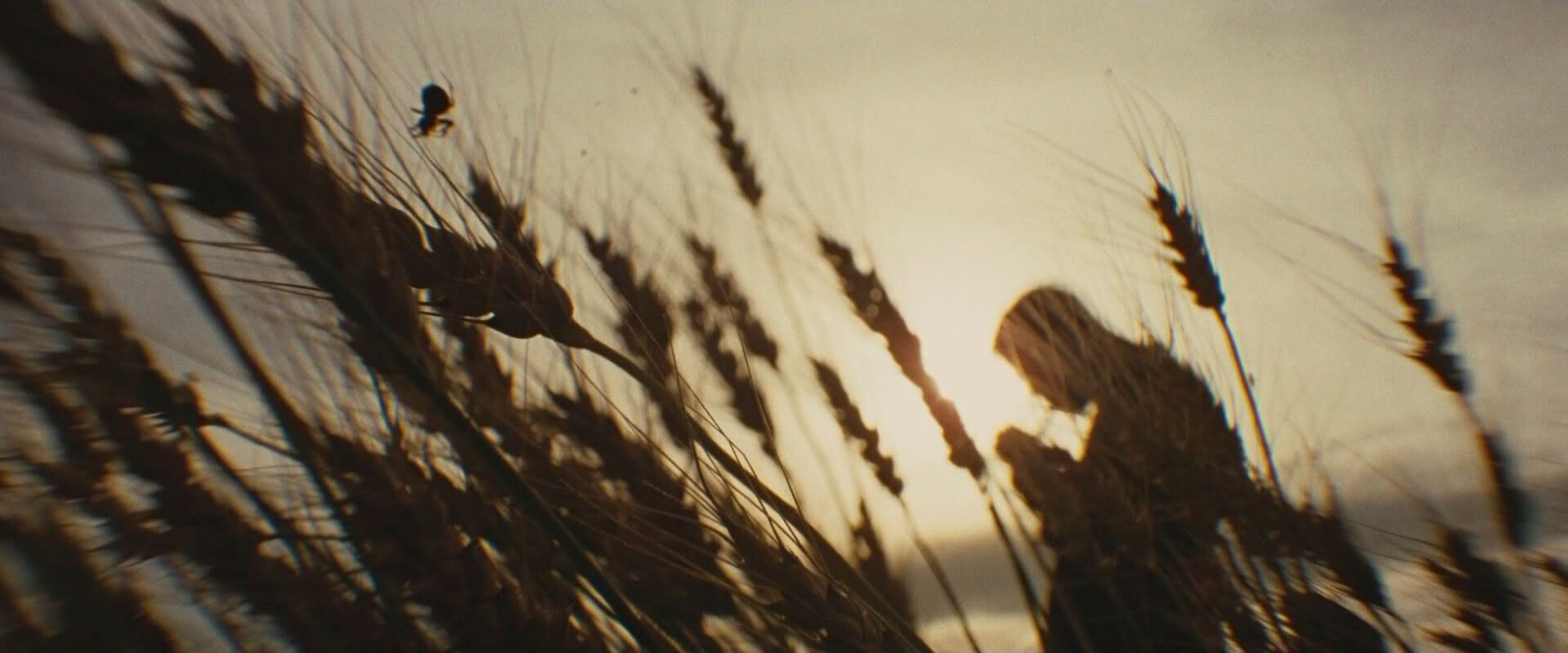
Case Study
Shot listing a tilt-shift shot
Beyond their ability to turn cities into miniatures, tilt shift shots can also produce rather mind-bending visuals. Take this scene from the Coens' A Serious Man — before his big moment, Danny has chosen to partake in a particular illegal substance. Now, the world around him is warped and we get to see for ourselves his uniquely compromised POV.
Click the shot list below to take a closer look at the entire scene.
Tilt-shift shots allow a filmmaker to create a miniature effect or correct distortion, and combining this unique shot with other techniques can create an even more exciting visual language for your story.
Unexpected combos
How can you use a tilt shift with other camera techniques?
How to combine a tilt shift
Tilt shifts are a versatile addition to any filmmaker’s visual language. While impactful on their own, they gain even more power when paired with other techniques. Here are some creative ways tilt shifts can be combined with different cinematic approaches:
Establishing shot: An tilt-shift shot can be used as an establishing shot to introduce new settings in a playful way.
Wide shot: Tilt-shifting with a wide shot creates the miniature effect with a large scene, which adds visual variety.
Tracking: Using a tilt-shift shot with a tracking shot allows the filmmaker to follow movement while maintaining the selective focus effect for that tiny town feel.
Over-the-shoulder: A tilt shift paired with an over-the-shoulder shot is a highly stylized look that can create a surreal impression on the viewer.
Frequently asked questions about the tilt shift shot
The tilt-shift shot makes real scenes look like miniature models by blurring parts of the image while keeping a specific area sharply in focus.
Tilt-shift makes things look tiny because it keeps only a small part of the picture sharp while blurring the rest, which makes the scene look like a close-up of a small model instead of a real-life place.
Tilt-shift shots are created by tilting the lens to change the focus area and shifting the lens to move the image without moving the camera.
A tilt-shift lens lets you move and angle the lens separately from the camera body, so you can change which parts of the photo are in focus.
Tilt-shift photography needs precise control of the lens’s tilt and shift movements, so it often involves trial and error in order for someone to master the shot.



